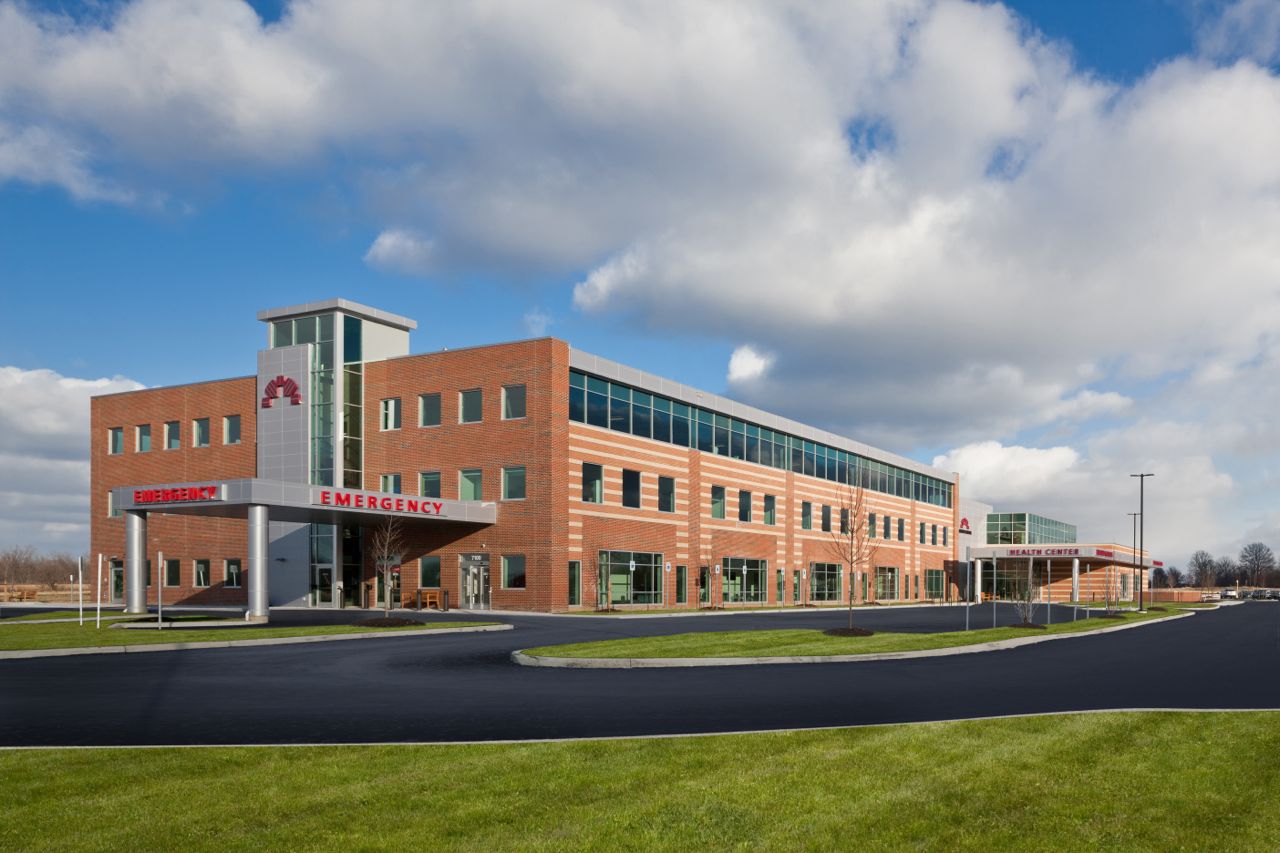 by Jennifer M. Bobbitt
by Jennifer M. Bobbitt
A place for medically integrated fitness…
The much-anticipated MC Fitness & Health opened in January 2016. A welcome addition to Delaware County, Ohio, it houses the second emergency room in the county, a fully equipped and staffed medically integrated fitness facility, physicians offices, physical and occupational therapy, sports medicine, women’s health, imaging, laboratory, exercise studios, pools, spa, café and community meeting spaces.

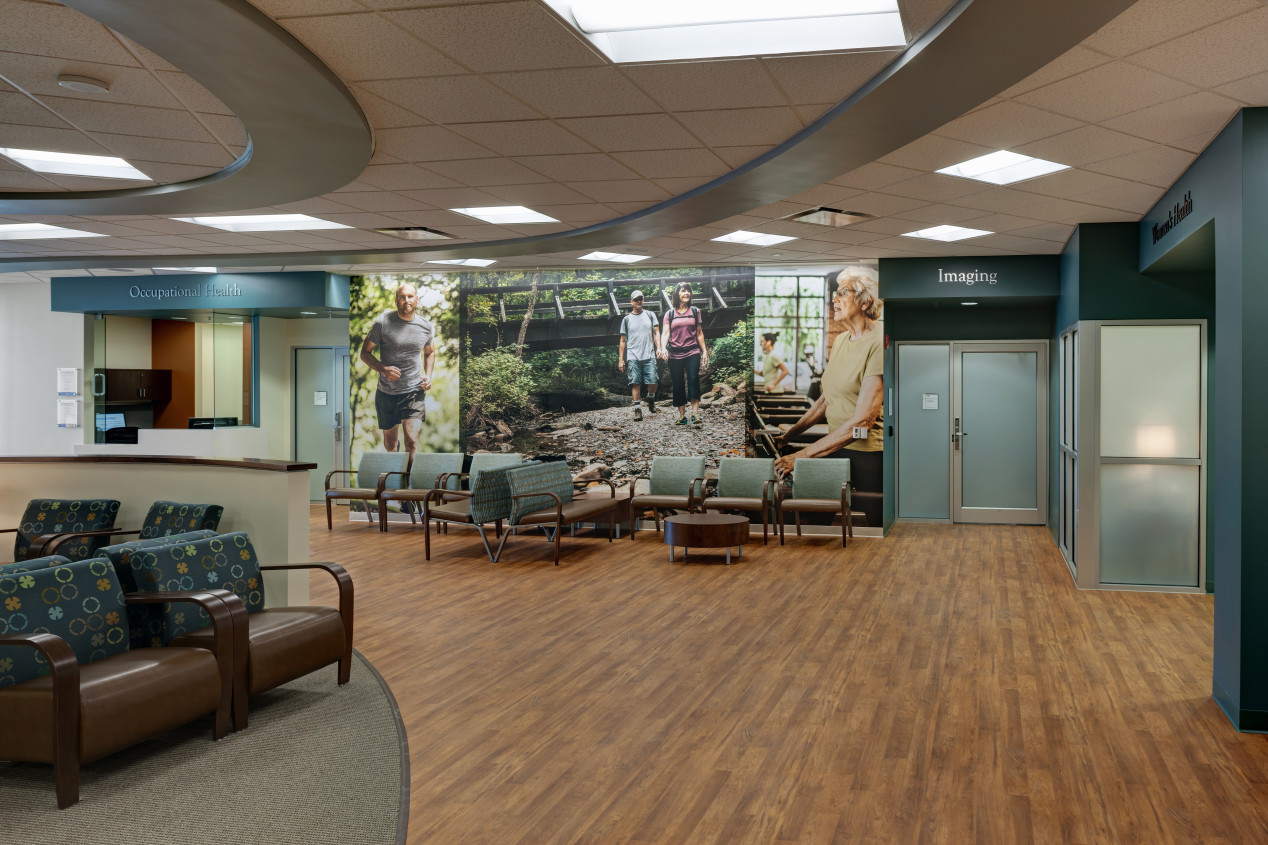
Before the opening of MC Fitness & Health, I had the opportunity to spend a day in the facility directing a photoshoot. As a member of the two firm design teams that produced the project- OLC Architecture, Interiors and Aquatics and Wellogy (formerly Davis Wince, Ltd. Architecture), I finally experienced the result of months of work and planning in our office. The facility was empty of patrons, but not without life. The energy was starting to build as the array of fitness equipment was in place; the pool was filled with calm, clear water, and the staff offices, once empty, now had post-it notes with reminders in place. When we returned three weeks later for a follow-up photoshoot, the grand opening for the fitness facility had just occurred, and the Emergency Department was preparing to open the following day.
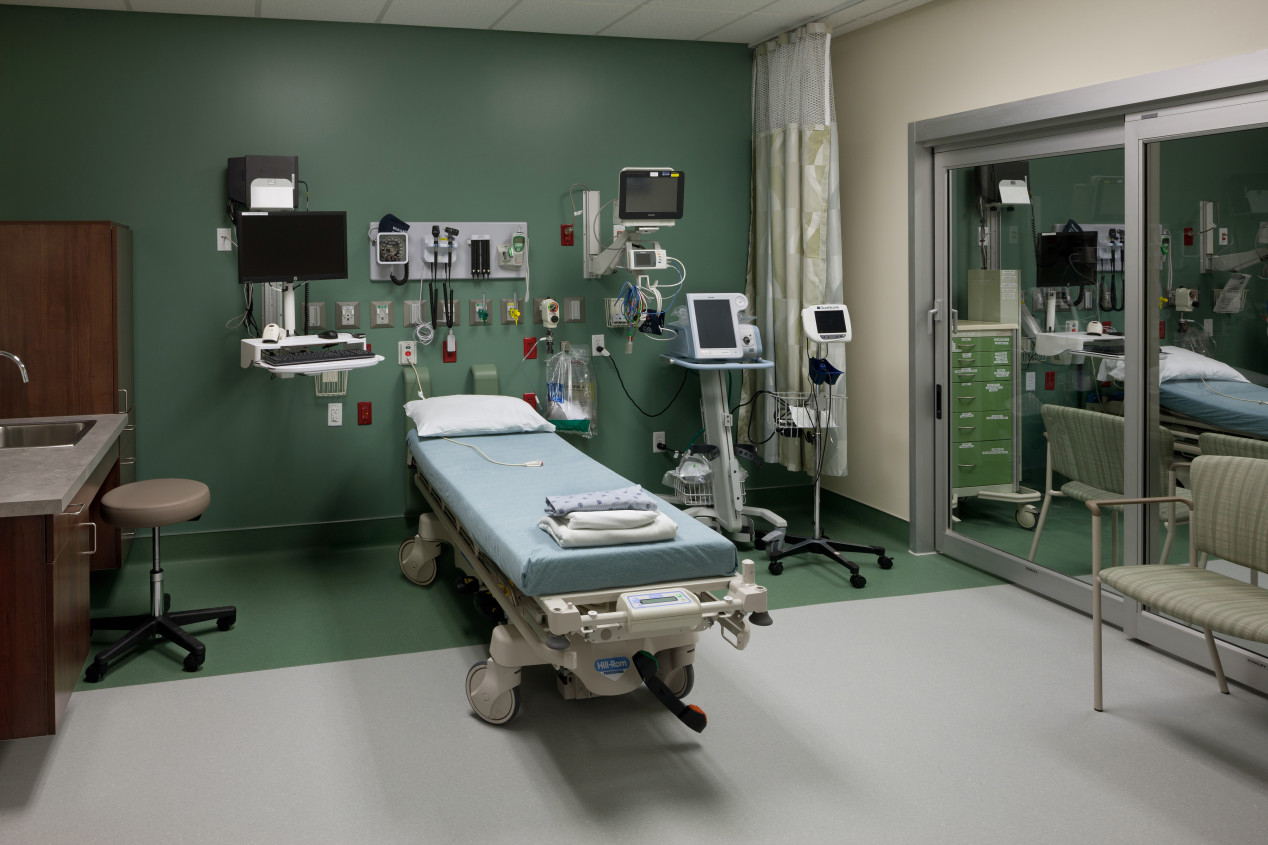

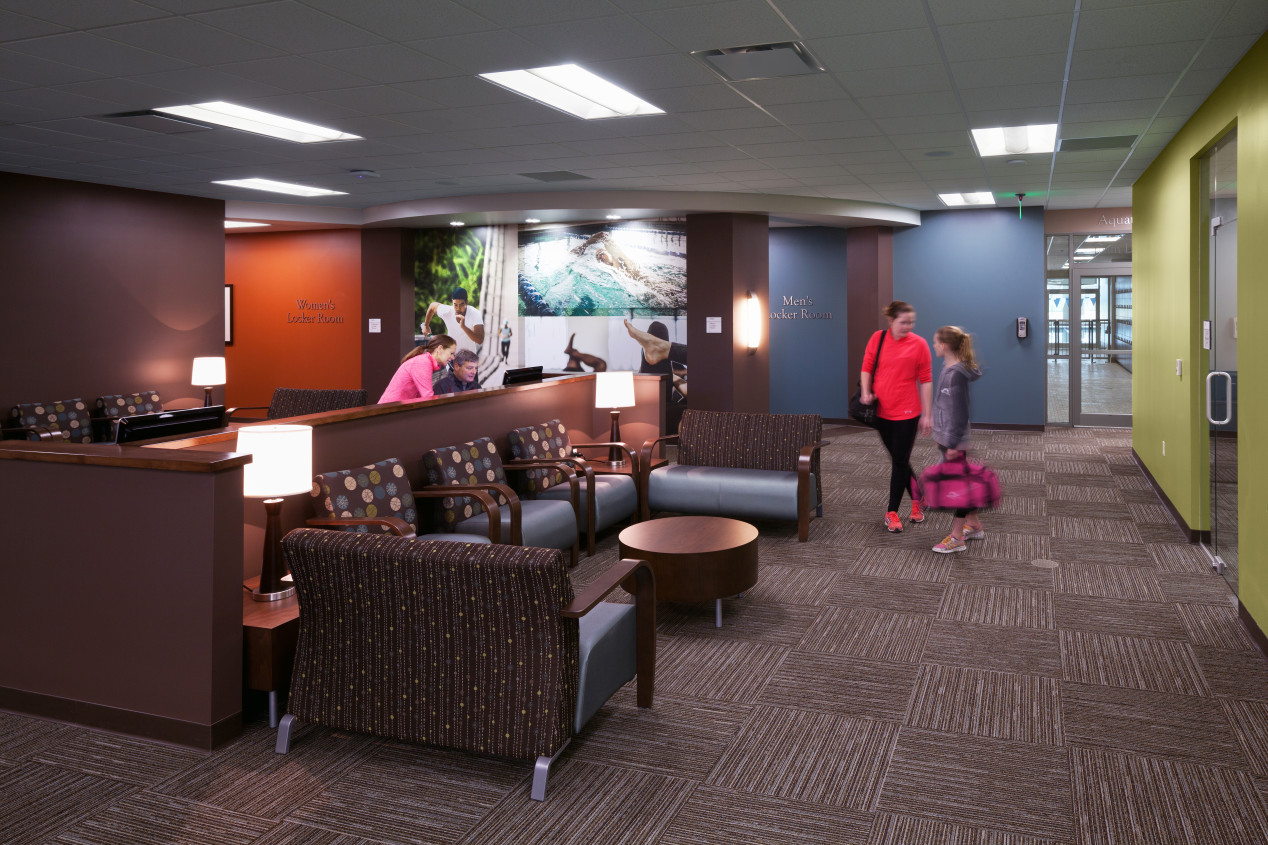
The walls were energized with vibrant graphics, the cafe’ was open, one of the local high schools occupied the 25-meter pool making waves during their daily swim team practice, and the facility was engaging the community in activity previously void on this corner of Delaware County. We witnessed women socializing over tandem treadmill walking, a bariatric patient taking the stairs to the fitness area, a recent heart surgery patient receiving exercise equipment instruction and assistance from a trainer, medical staff enjoying a healthy lunch in the Dash Café, a young woman with a knee injury strength training in the weight area, a man jumping rope in the cardio studio, a couple walking the upper level track, patients in the physical medicine area waiting to see their doctors, training in the laboratory, a senior fitness class in the smaller pool, and preparations for a meeting in both sides of the community conference rooms. It was alive with people on a wellness journey to make their lives better, to make their bodies stronger, to heal. Over 8 hours, we ran into several of the same people utilizing different parts of the facility from the workout area to the café and waiting areas. The years of planning had evolved into photo-ready moments, capturing the vision of the team.
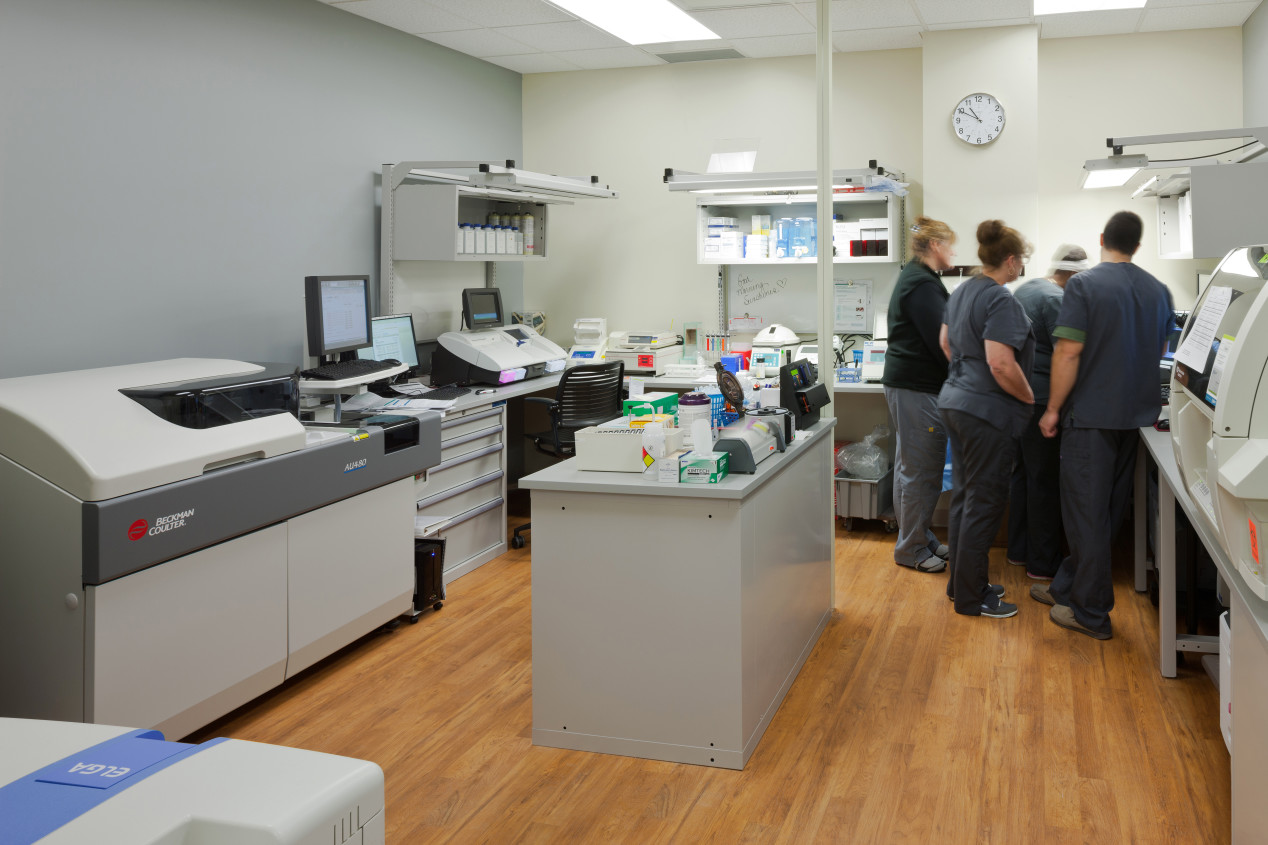

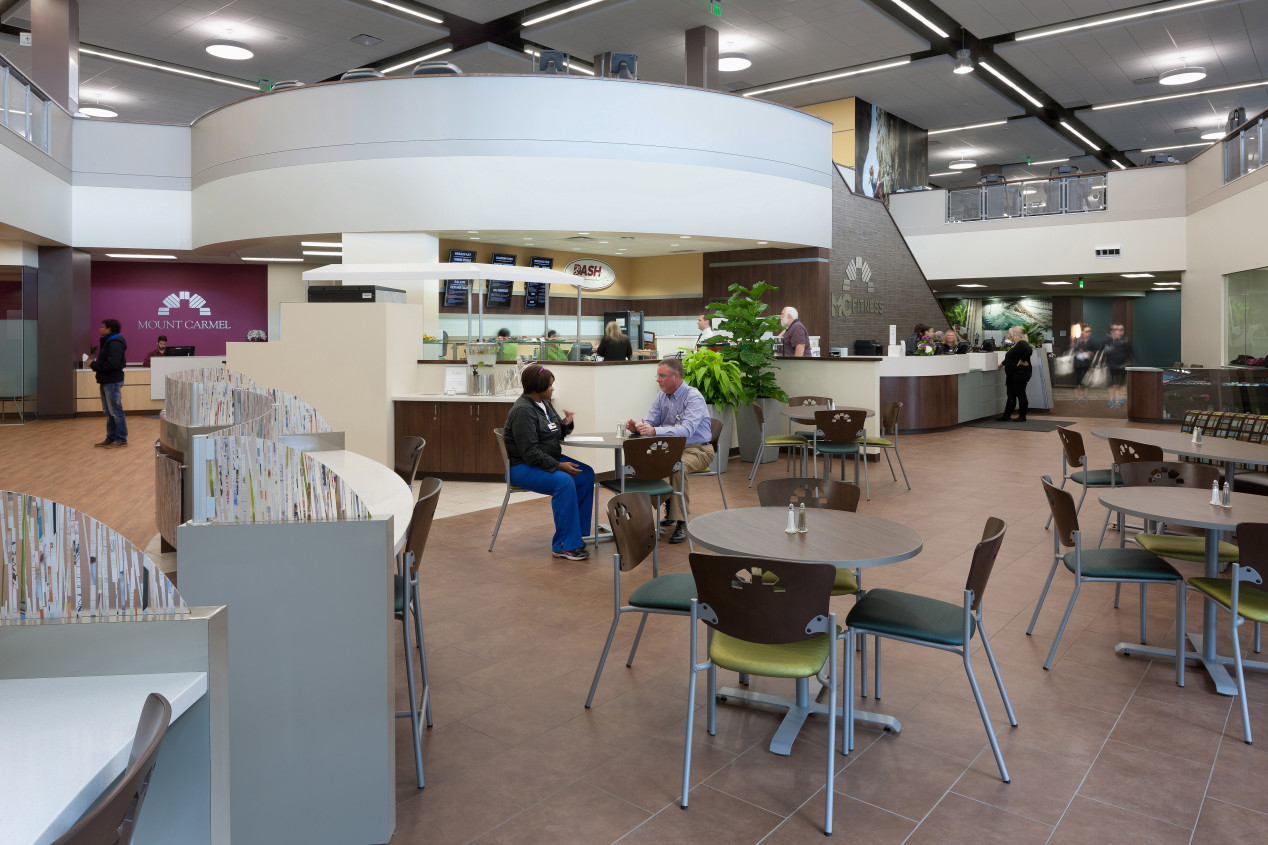
MC Fitness & Health is nestled in one of Ohio’s fastest-growing counties. Delaware County has seen a 58% growth rate since 2000, according to the Delaware County Community Health Improvement Plan. The updated estimate from the U.S. Census Bureau reports that Delaware County has approximately 189,113 residents.
A case for medically integrated fitness…
I am one of 189,113. Our family of 5 moved to Delaware County in 2000. Part of the big suburban sprawl in the early 2000’s, we built our home in a new neighborhood full of families with young kids. The community that in 2000 had one public outdoor pool and no indoor pools has seen incredible growth in population and facilities to accommodate the active residents. Over the past three years, I have come to realize the great value of easy access to medical care, the benefits of medically integrated fitness, and the convenience that an all-inclusive facility like MC Fitness & Health can provide to a family or individual with a complex medical condition.
Medical conditions can arise at any given time in our lives and in varying degrees of severity. Having access to outstanding care and convenient follow through for a recovery plan is key in times of medical upheaval. Our family logged thousand of miles traveling for medical needs and we found ourselves assembling and piecing together a plan of recovery to save our 13-year-old son. Three years ago, he suffered a major hemorrhagic stroke as the result of a brain aneurysm caused by a congenital birth defect known as an AVM. The condition was undiagnosed with no sign of distress until the morning it ruptured, a surprise to all of us.
From the onset and through the course of ongoing recovery, we have interacted with medical services requiring five brain surgeries, a two-month stay in the hospital, weekly lab work, speech, physical and occupational therapy, AFO and bracing, Botox injections, weekly visits for serial casting, to name a few. One complicating factor in the recovery plan was the piecing together of multiple services at multiple locations, some days spending more time traveling than the actual appointments. The care was outstanding, the traveling and coordinating- draining. To make life more interesting, our older son had knee surgery due to a bone fragment and was on crutches for six weeks and in physical therapy for three months. Then, to keep things entertaining and because we were getting used to our new life of medical issues, it happened again a year later. Another knee surgery for another bone fragment, crutches, therapy… then a fractured wrist. My older son’s medical appointments were at one location, therapy 15 miles away at another location. All the while, driving our younger son to the hospital (an hour round trip) from home for weekly blood work and to therapy requiring another hour-long round trip drive each visit, three times a week. We bought an exercise bike to have at home, bought lots of therapy aides, and joined a gym at the advice of both boys’ therapists. When you are dealing with medical conditions, life must go on. People must eat, sleep, work, play sports, and tend to everyday demands.
While the story is unique to my family, many face similar challenges when adjusting to life with a medical condition for themselves or a family member. Organizing, coordinating, and participating in healing efforts can be complicated by proximity to services and ease of use. Healthcare needs are best met when they offer convenience and affordability. Facilities like MC Fitness & Health not only offer great convenience in times of medical disruption, but they provide an opportunity to be a proactive player in your health and future wellness. The blending of expert clinical advice and dynamic fitness instruction in a single location is critical in the overall cycle of care.
Inclusive facilities offer health benefits for the support team as well as the patient. Aside from the obvious convenience of scheduling and proximity of appointments, as a caregiver, I would gladly welcome the opportunity to walk off some stress on a treadmill or enjoy a healthy dinner in the café while my son is in therapy. To improve the best possible health outcomes, health systems need to recognize the proactive benefits of uniting clinical care with medically integrated fitness and dedicate resources to develop inclusive and convenient facilities focused on restoring health and preventing future health issues. When this is accomplished and utilized to its fullest, the patients’ cycle of care will improve, as will the entire healthcare system.

MC Fitness & Health, Mount Carmel Health Systems is located at 7100 Graphics Way in Lewis Center, just north of Columbus, Ohio. Lewis Center is in Delaware County and is approximately 25 minutes directly north of Franklin County, where the State’s Capital and The Ohio State University reside.
Developer: NexCore Group
Architect of Record: OLC Architecture, Interiors and Aquatics
Medical Architect: Wellogy (formerly Davis Wince, Ltd.)
Power Wellness: Fitness Center Management
Construction: Elford
Photography: Pease Photography
Copyright, Scott Pease/Pease Photography



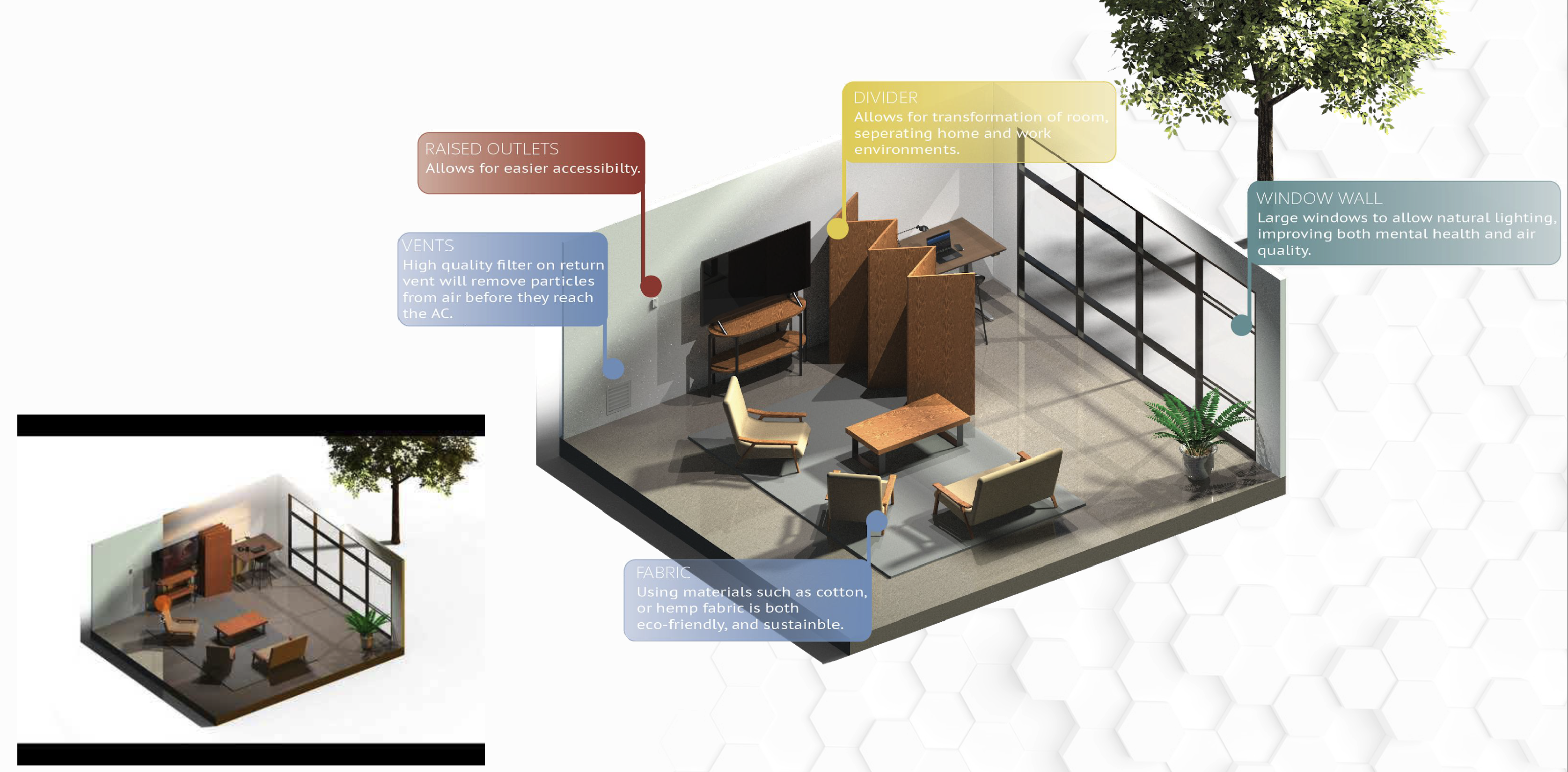


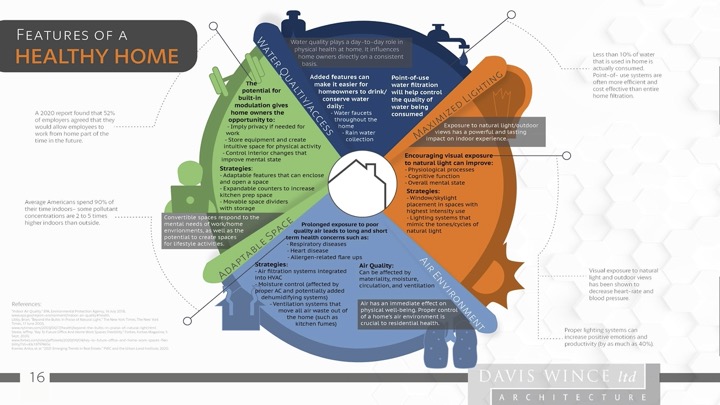

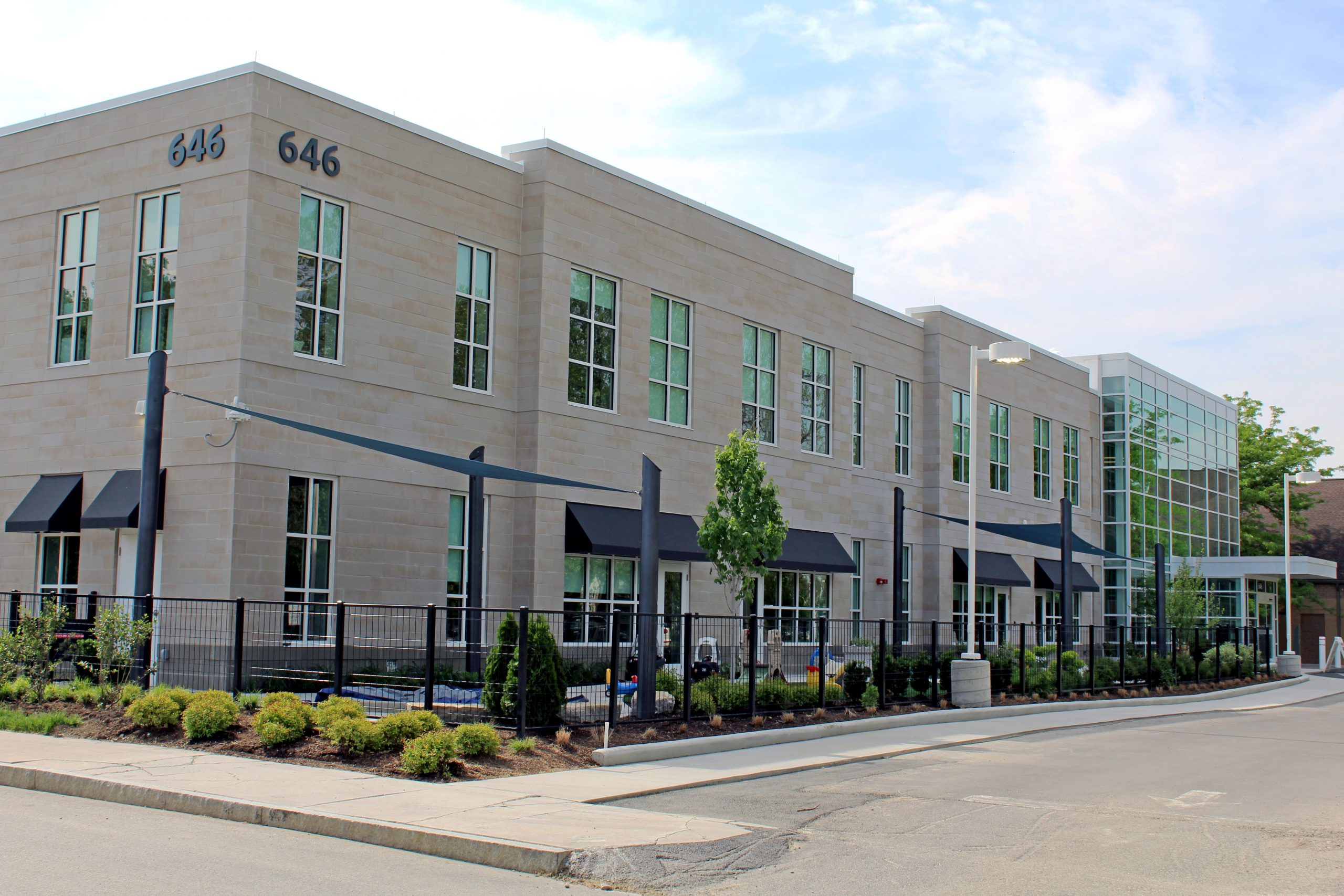



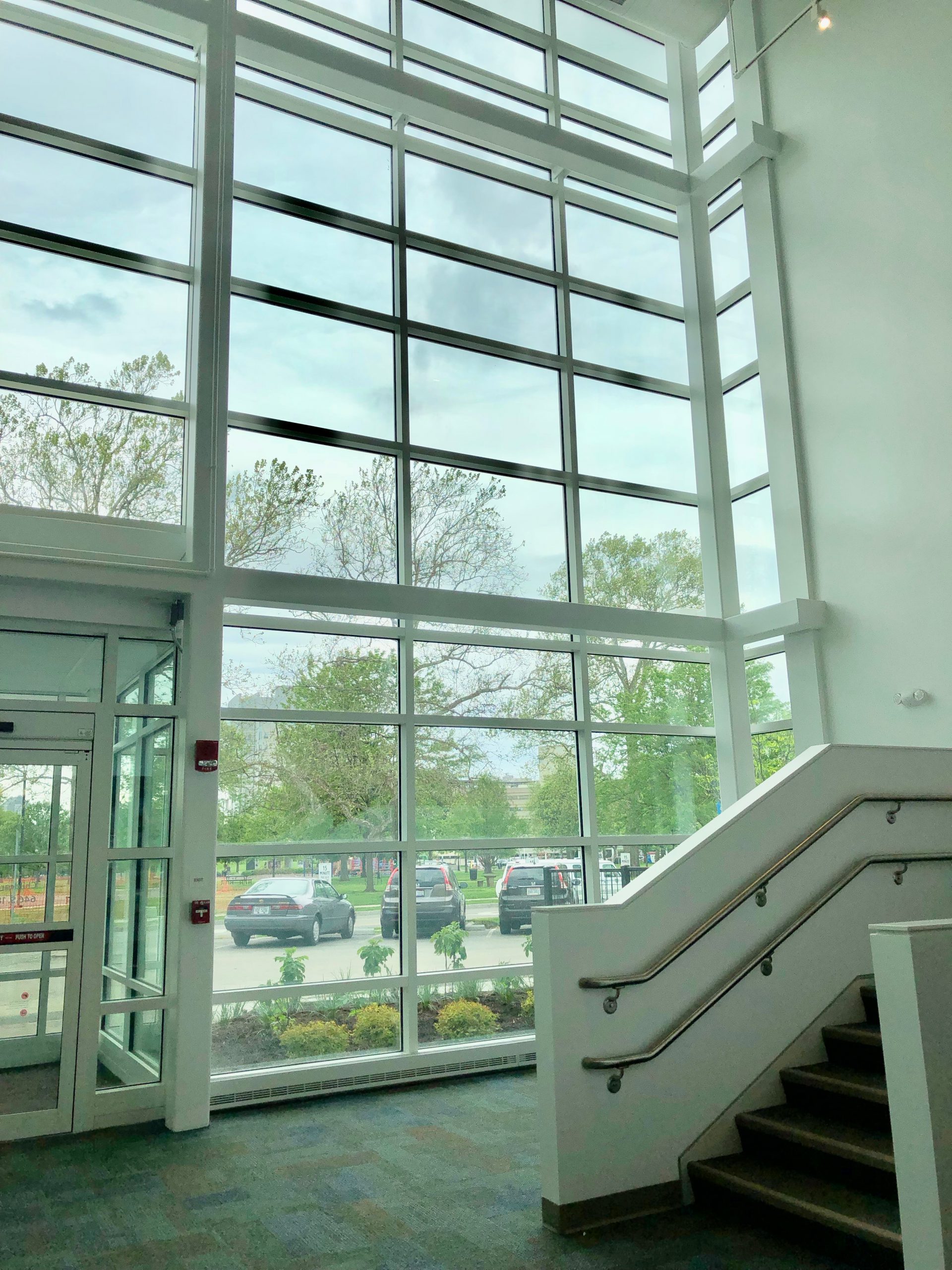
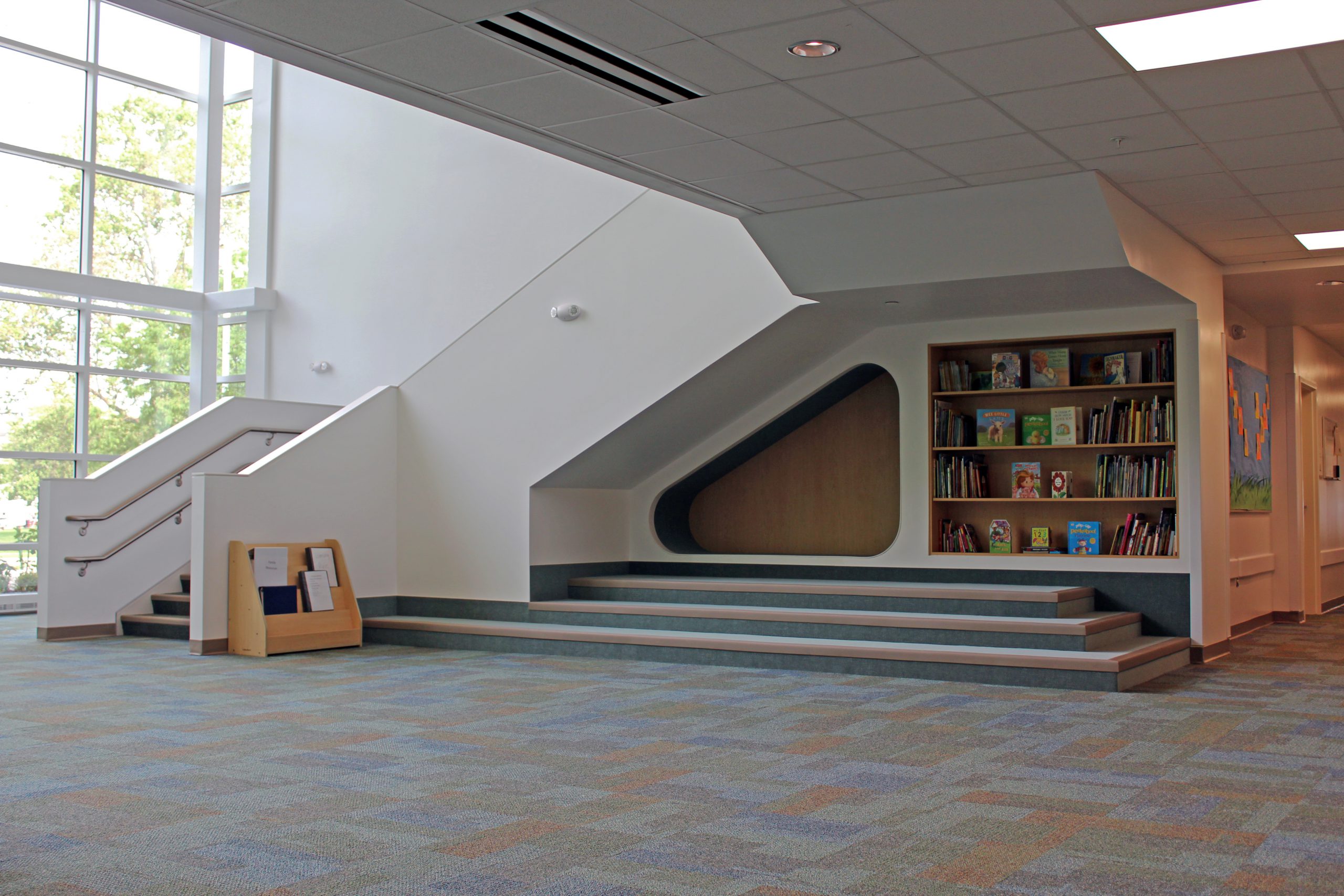
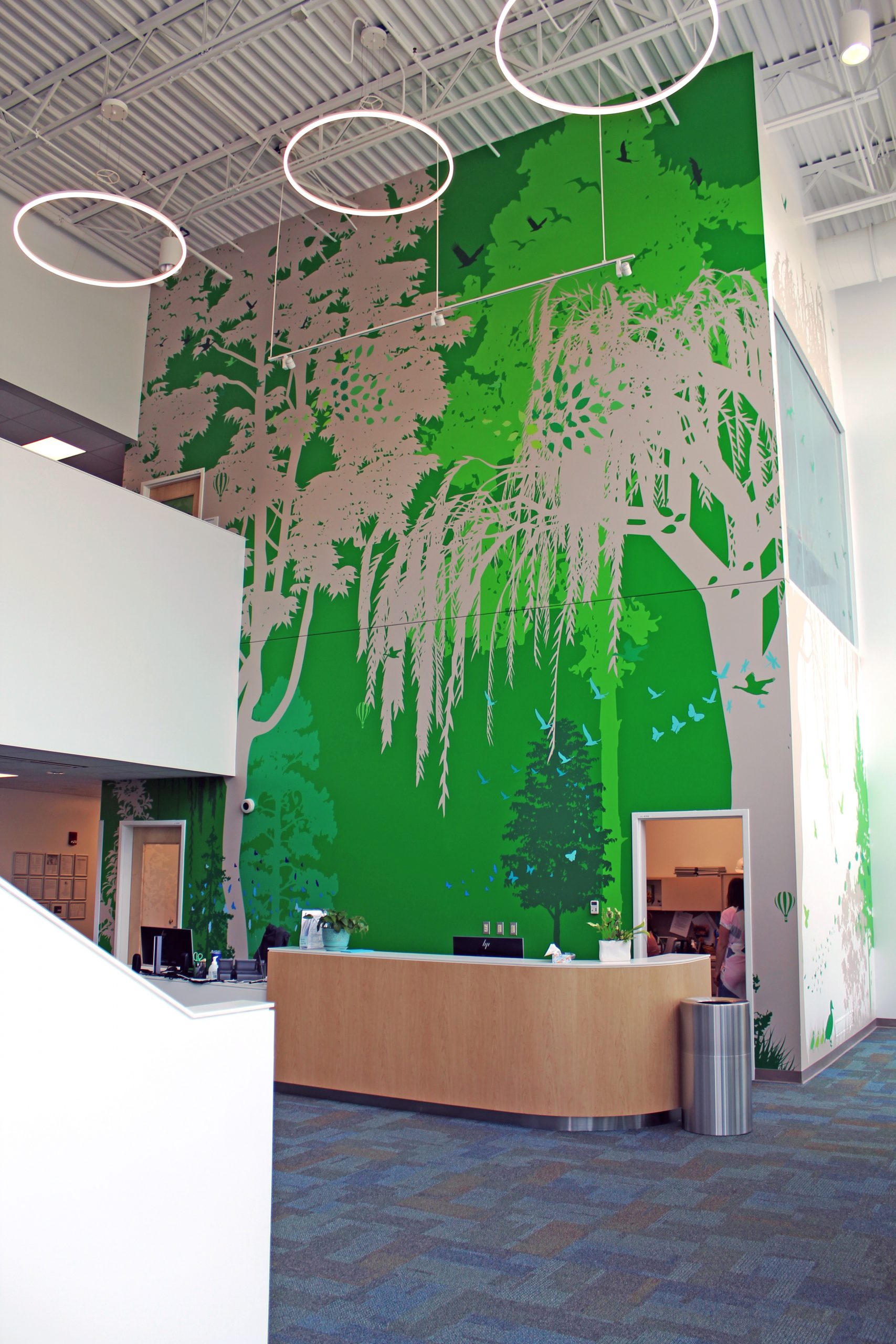
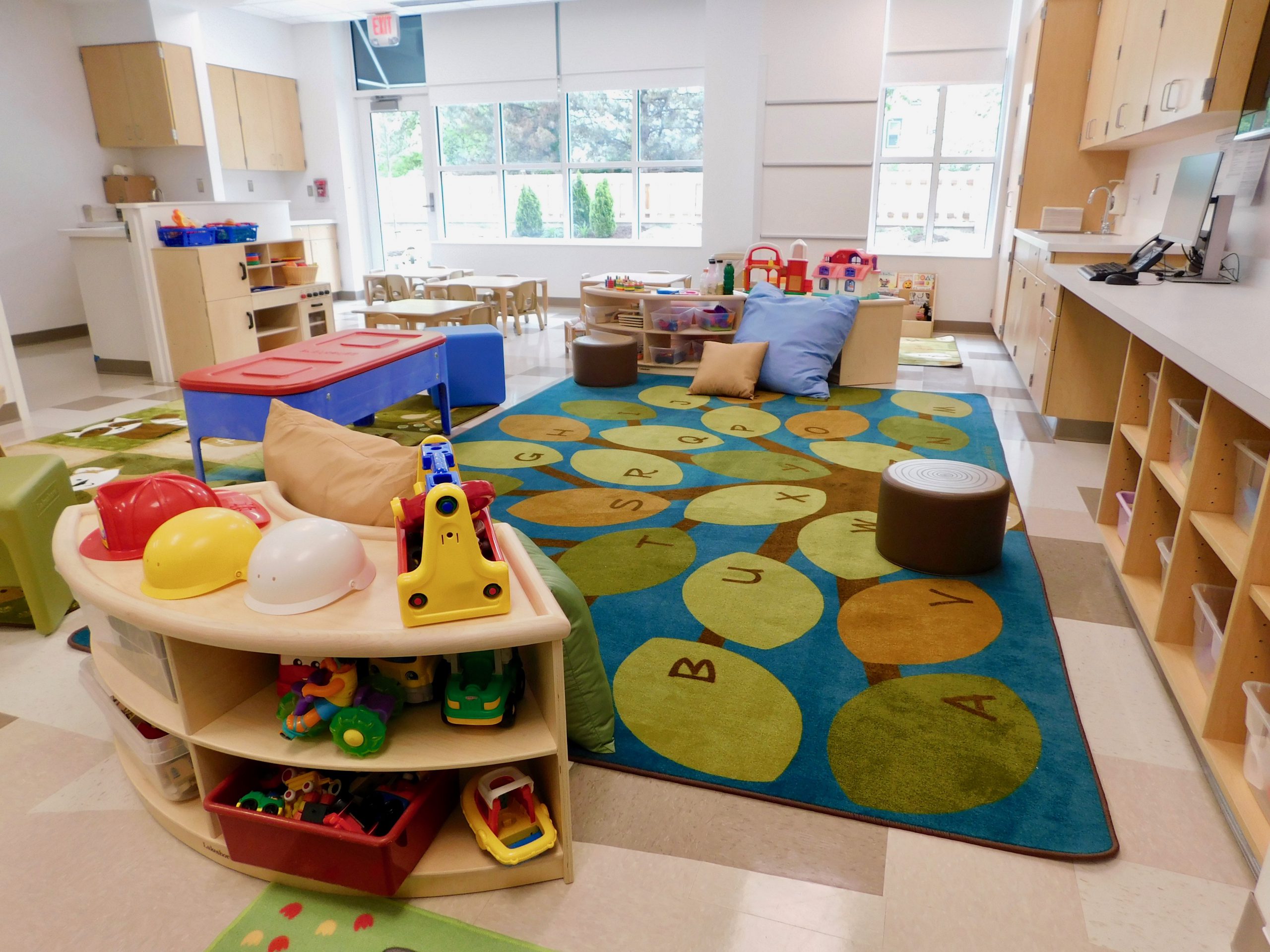


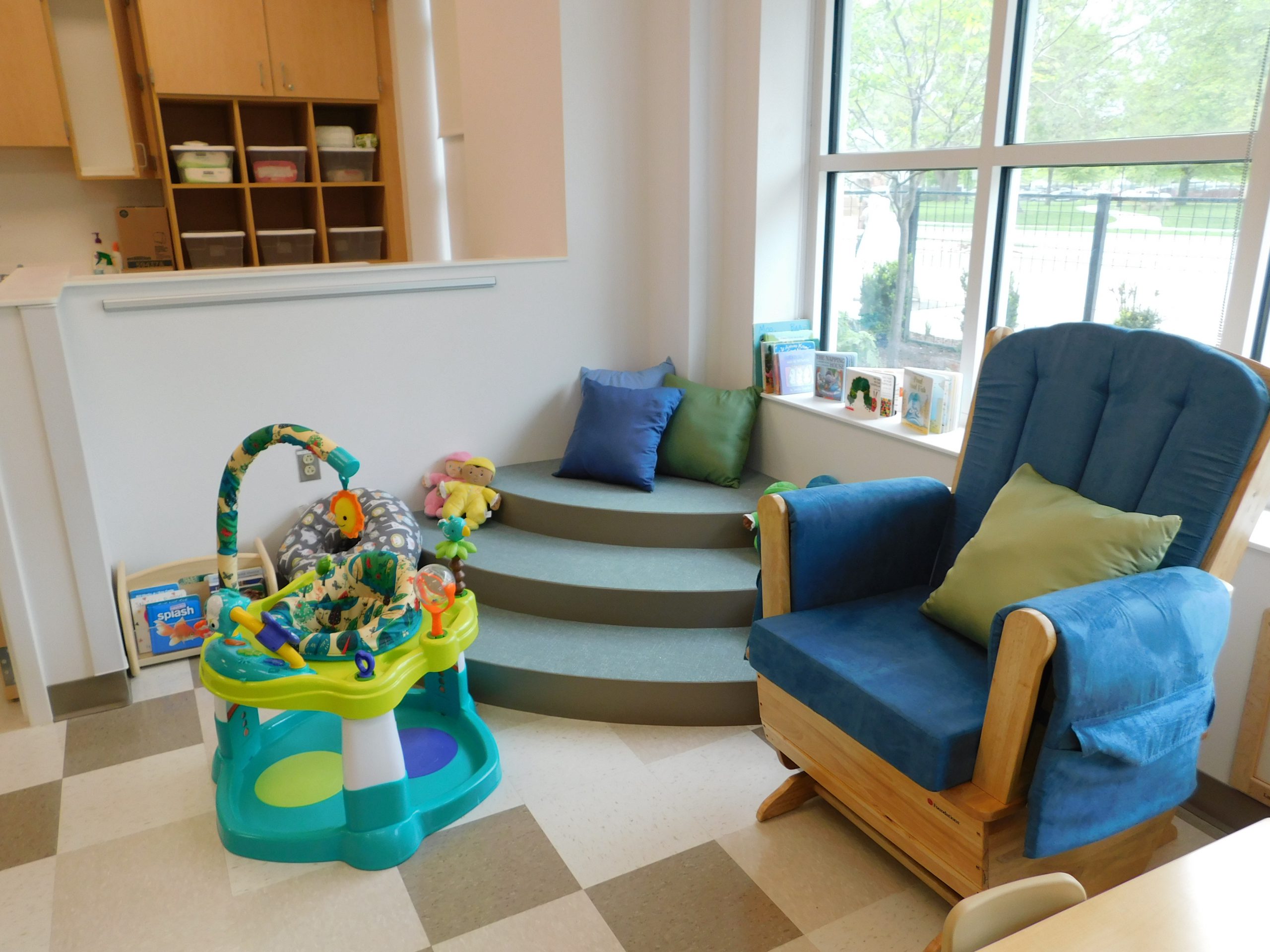

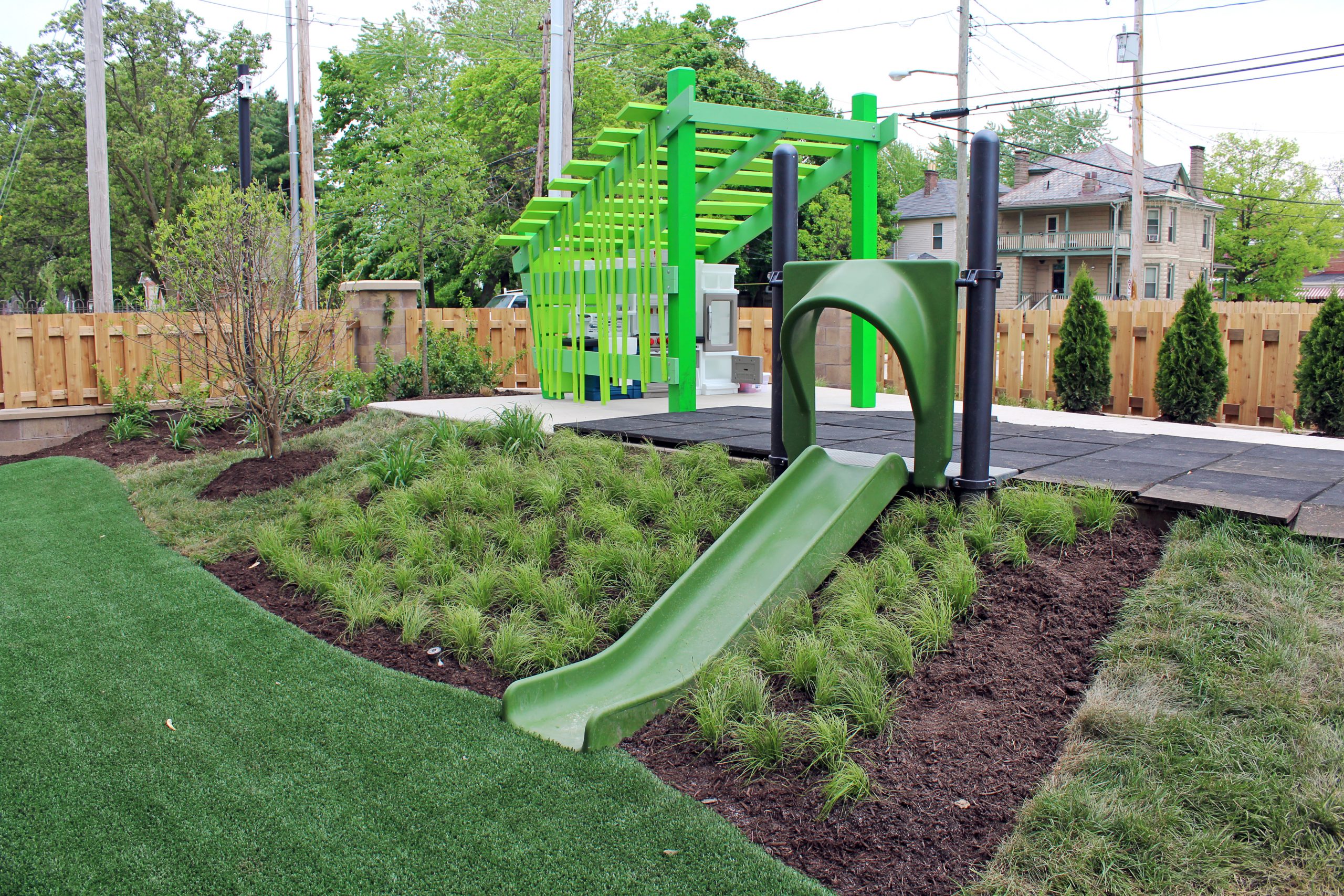
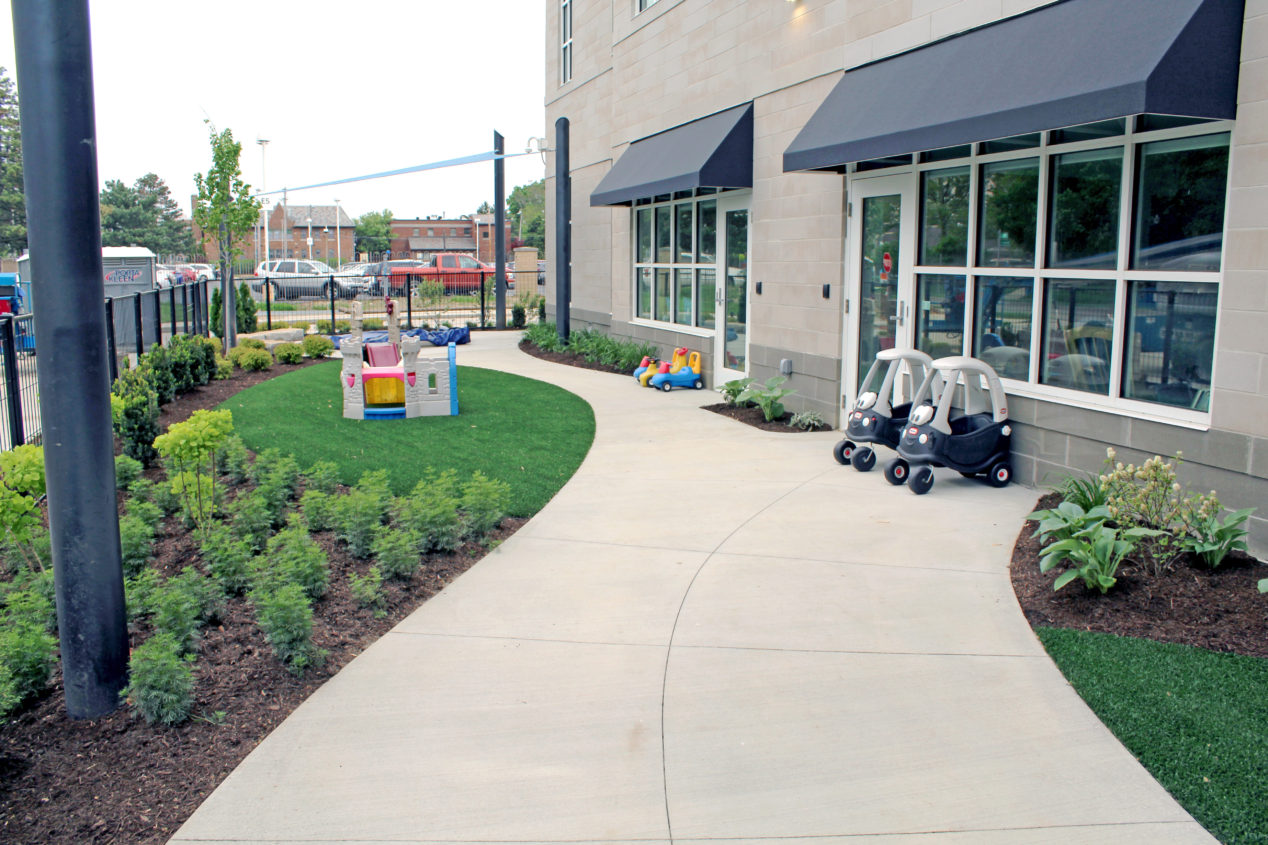
 by Jennifer M. Bobbitt
by Jennifer M. Bobbitt







